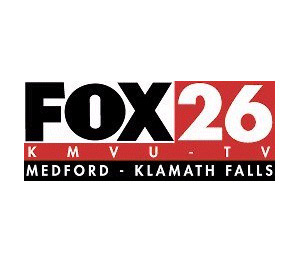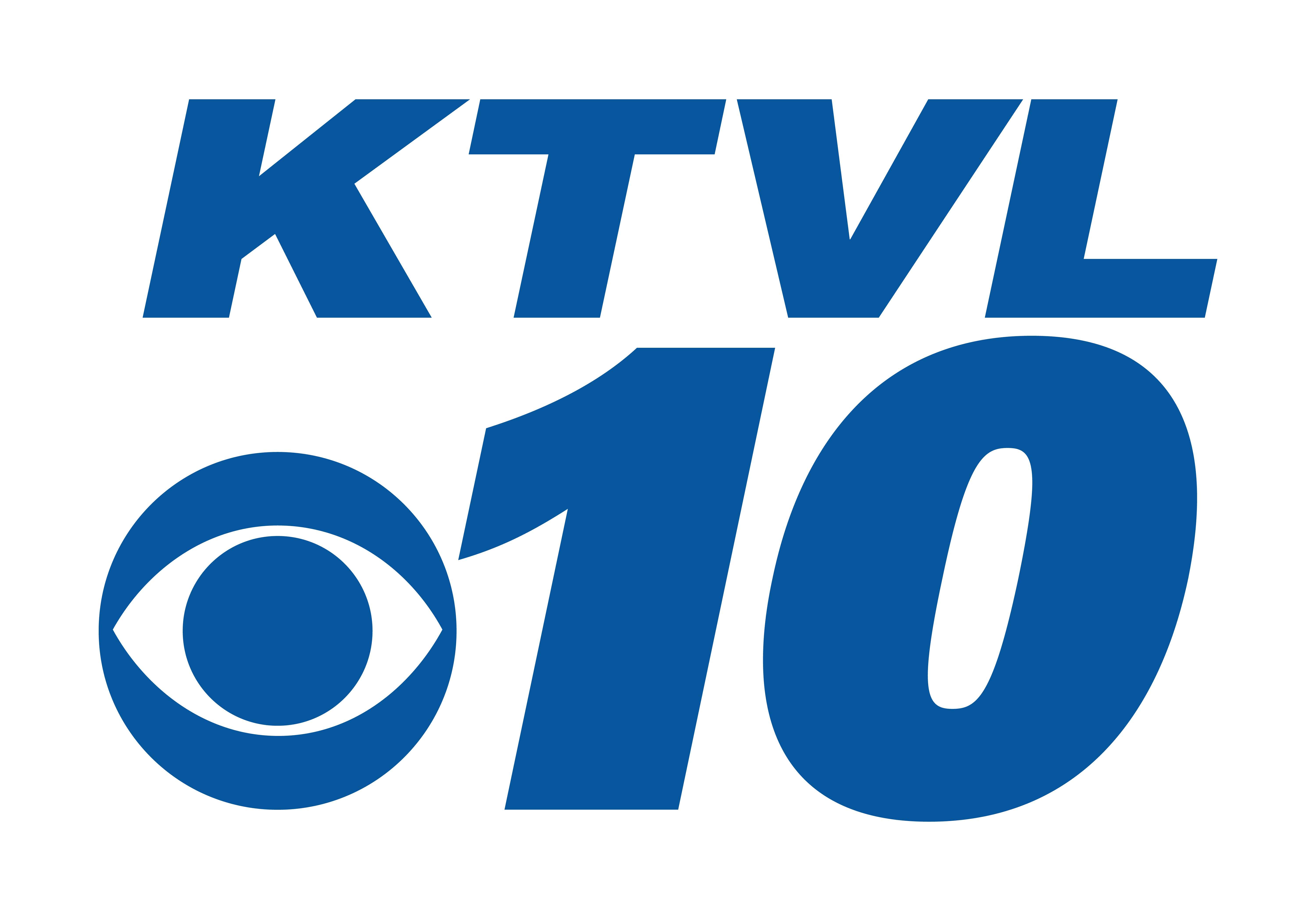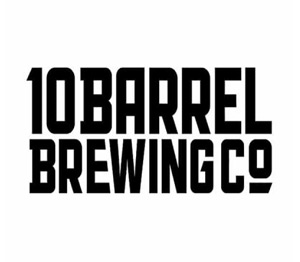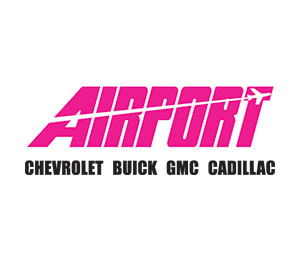Facts & History
Two thousand pounds of angry bull, bucking horses, cowboys in chaps and a crazy clown running around...no other sport has as much drama, passion and history than Rodeo. This American tradition has one foot deeply rooted in our country's past and another in modern athletics. It's a sport with charm and character, but filled with top-notch athletes - both two and four legged.* It's no wonder the Rodeo manages to draw huge crowds. Modern Rodeo cowboys may still wear chaps and Stetsons, but these fierce competitors have hit the "big-time," competing for huge prize money at nationally televised events.
Rodeo is truly a product of our Country's history. In the early 1800's the United States experienced huge population increases and begin to push its borders further into the Western Frontier. Utilizing the lush grazing land, ranchers began to raise cattle in larger numbers. Ranchers organized long cattle drives to stockyards where the animals would be shipped East via rail. Caring for the cattle and herding them toward the stockyard required plenty of work including roping, horse breaking, riding, herding, branding, and much more.
Ranchers hired the locals, Spanish cattlemen known as vaqueros, who knew a thing or two about ranching. These skilled horsemen merged their skills with the Eastern ranchers; this process gave birth to the cowhand, a rough and ready man who could ride for hours and rope just about anything. In keeping with their spirit of competition, ranch hands began to test their skills against each other for bragging rights. As the Western United States became more populated, rail lines were expanded. Homesteaders began to divide the land with barbed wire fencing. Soon large scale ranches could ship their product directly through rail and the long cattle drives were no longer necessary. This was the beginning of the end for professional cowboys.
Wanting to capitalize on the imagination and spirit of the West, entrepreneurs like Buffalo Bill Cody began Wild West Shows that glamorized the dwindling American frontier. These shows were a precursor to the modern Rodeo. In these Wild West Shows, the cowboy became part entertainer. This feeling continues today, in fact, modern competitors still refer to Rodeo as a "show" and they participate in "performances."
Rodeo has become an American past time that spans age groups, it can be found at the high school and college level and there is even an association for younger children known as the National Little Britches Rodeo Association. For the professionals, the largest sanctioning body of rodeo in the United States is the Professional Rodeo Cowboys Association (PRCA). The PRCA hosts regional and national trials, including the Wild Rogue Pro Rodeo. The finals are held at a year end event in Las Vegas, Nevada.
The business of rodeo is now as legitimate as any other sport, and the PRCA has achieved a status on par with the NFL or NBA. Rodeo still manages to capture our imagination and remind us of our nation's past. Rodeo is part history, part sport, part showmanship, and 100% uniquely American.
*Learn more about the livestock of Rodeo
Experience The Rodeo
Doors open 6:00pm
Rodeo starts 7:00pm
The rodeo is the home of the only 100-point bull ride in rodeo history, and First Place Winner of the 2014 and 2015 Justin Boots Best Footing Award on the Columbia River Circuit. Top performers of the Professional Rodeo Cowboy's Association (PRCA) compete for over $81,000 in prize money.












